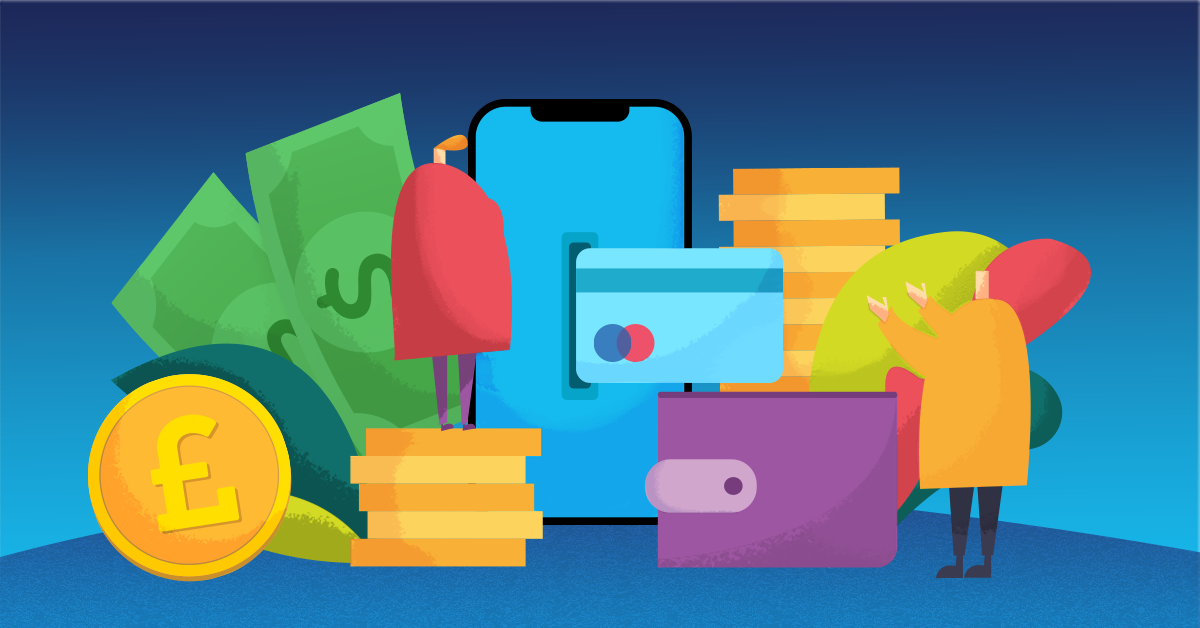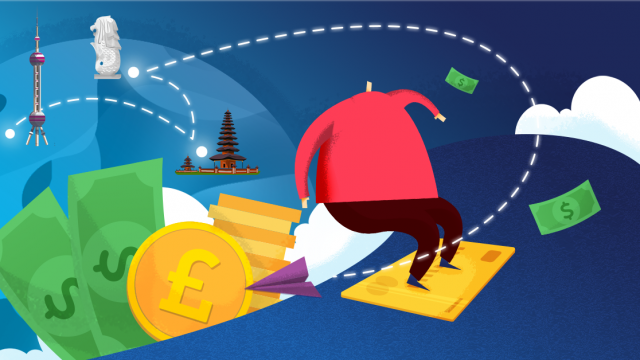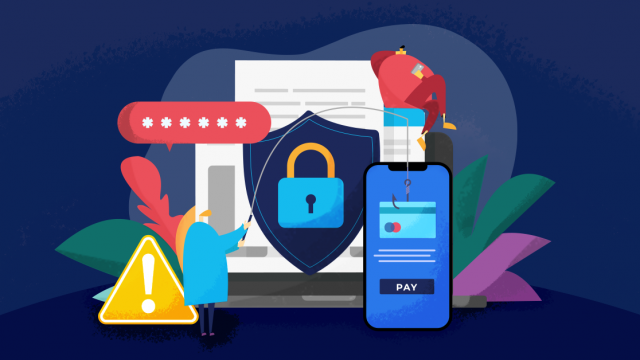In today’s world, technology plays a key part in our daily life. From searching for information and services to making payments, things we thought were not possible are now a reality. So how has this technology leap changed cross-border payment?
What is cross-border payment?
Cross-border payment simply means a transfer of funds across different countries and regions. Today, it is as simple as someone going to a website or opening a mobile application that allows transactions across borders. With just a few clicks, funds will reach the beneficiary in real time. But that isn’t always the case.
How remittance of funds were handled
Long ago, such payments were completed through middlemen who sailed from one country to another and back. Such middlemen were the first payment aggregators, making sure funds were collected and delivered to recipients correctly.
For example, a trader in the old Malacca port would accept funds from a sender with the necessary information about the beneficiary in India. They would then make the arduous journey back to an Indian port, where the beneficiary would be waiting patiently. After checking that the information given by the beneficiary was correct, the trader would pay the amount as instructed by the sender. The entire transaction was executed and completed solely based on trust between the sender and the trader.

Global payments today
Today, the process at its core remains the same, but has evolved and now needs to meet stringent standards set by international and local regulators to prevent money laundering, terrorism funding and other illegal activities. This brings forth a huge challenge: the different laws and regulations of the world make it difficult for companies in one country to ensure their cross-border processes are always compliant with international standards.
In Malaysia, for example, an individual (non-business entity) cannot send more than MYR50,000 a day, while in the United States, a sender does not need to be verified for any transaction below USD1,000 (this may be different based on the states, licence and receiving country).
Despite the complexities, all cross-border payments are subject to what we call a KYC process. During a KYC check, information such as the sender’s name, address, date of birth, contact number, nationality and other details must be given by the sender to initiate a transaction (if you are a business, the sender is you). It is then subject to another series of KYC and compliance checks by an international payment hub, such as Tranglo, that acts as the middleman of today.
A typical cross-border transaction through Tranglo
A complete transaction involves the following trio — sender information, beneficiary information and transaction information — being processed as the fund progresses through regulatory checks and banking/financial routes. As explained above, sender information is the first stage, initiated by the business collecting the payment instruction from the sender. Depending on local regulations and business requirements, the details required may vary.
Beneficiary information is where it gets tricky. While it can be as simple as just providing the name, date of birth and contact number, some receiving countries have additional requirements, such as beneficiary address and nationality. Incorrect details will result in an unsuccessful transaction, so senders must make sure that beneficiary information is given as accurately as possible.
Transaction information is arguably the most important of the 3. It comprises details such as the receiving bank name, receiving bank code, receiving bank branch code, account number, send amount, receiving amount, transaction fee and the forex rate.
Once this information has been keyed into the Tranglo system, it will go through a sequence of verification process from screening to data validation before being sent to the destination bank to process the transaction as instructed. A typical payment can be processed as swiftly as under 120 seconds (depending on the country and service availability).
Future of payment processing and acceptance
In the early 2000s, the most common payout methods were direct bank transfers and cash payouts without a bank account. The second payout method is still widely used, especially in developing countries where a significant percentage of the population is unbanked and has no access to traditional banking facilities. For example, the number of unbanked Filipino adults is estimated at 51.2 million, out of a total population of 72 million in 2019, according to Bangko Sentral ng Pilipinas, the country’s central bank.

But that is changing. Many countries have evolved from accepting and sending payments in cash to cheques to cards, and now to digital wallets and currencies. Transactions are being processed in real time as opposed to hours or days. In the Philippines, the Department of Trade and Industry has estimated fintech or digitised transactions in the country to reach USD10.5 billion by 2022, up from the USD5.7 billion processed in 2018.
In 2017, Myanmar was a new market for the payment industry and big players like Western Union dominated the local scene. Foreign investment from Japan and Norway then accelerated the introduction of e-wallets. Demands for physical money switched to electronic money and paved the way for Myanmar to emerge as an exciting prospect for the cross-border payment industry.
The technology leap that transformed the world from the humble trader who sailed from Malacca to an Internet-based platform with real-time payment processing capabilities will take us to the future and beyond.
Want to know more about cross-border payments? See what else we wrote about technology and payments, or dive deeper into the 5 barriers to global payments.
To harness the power of the middleman for your payment needs, contact us today.







